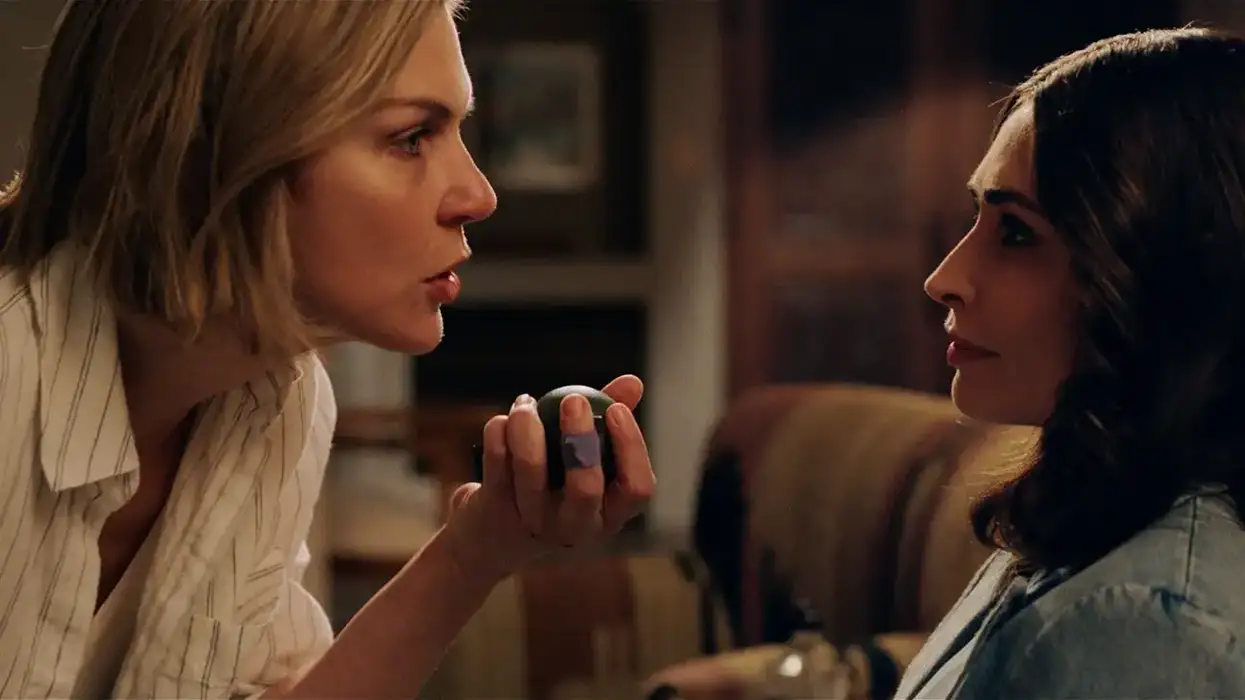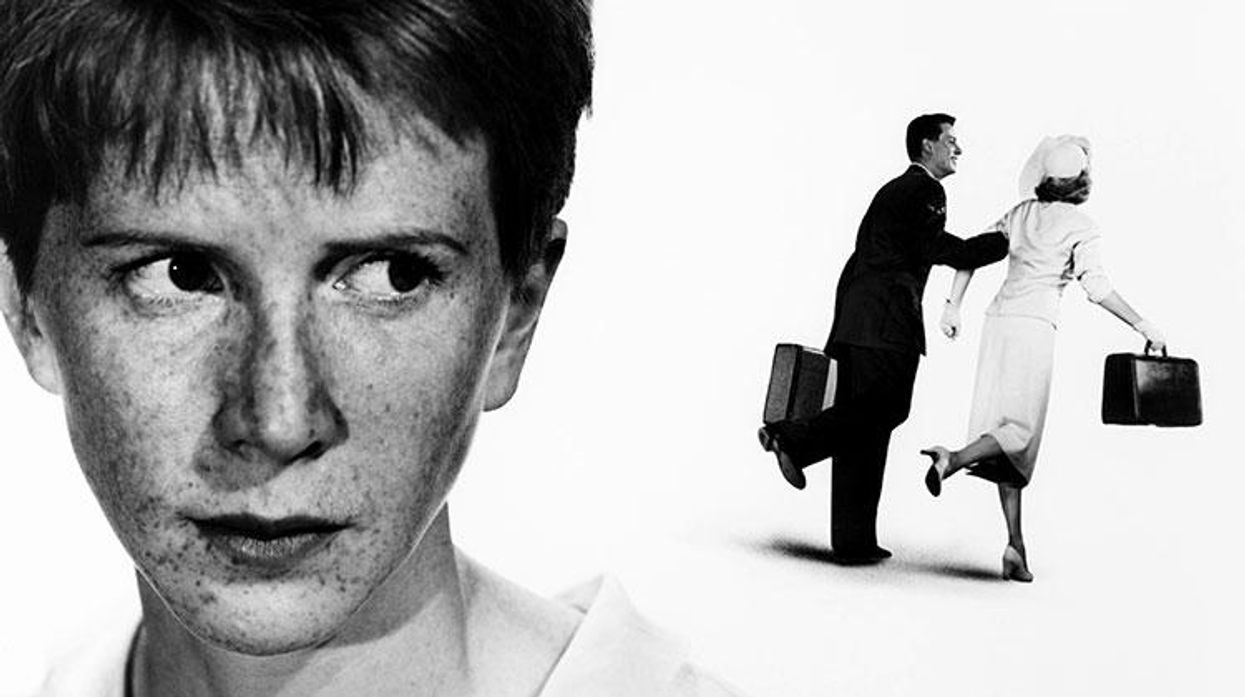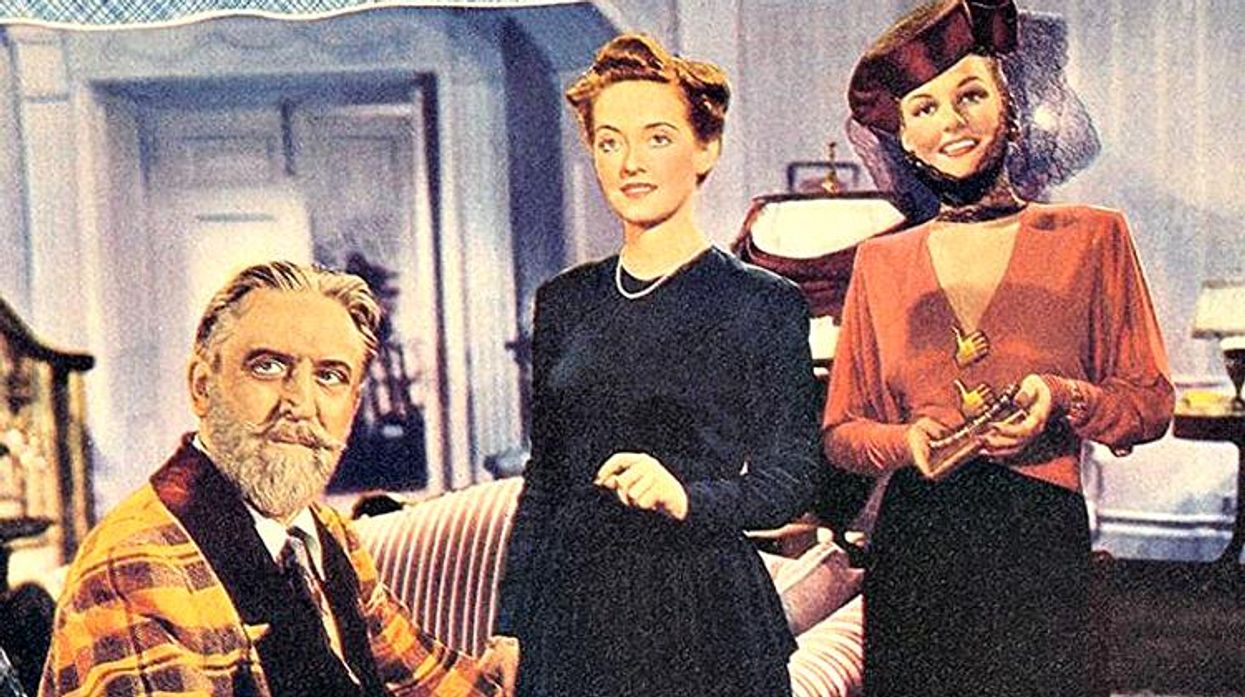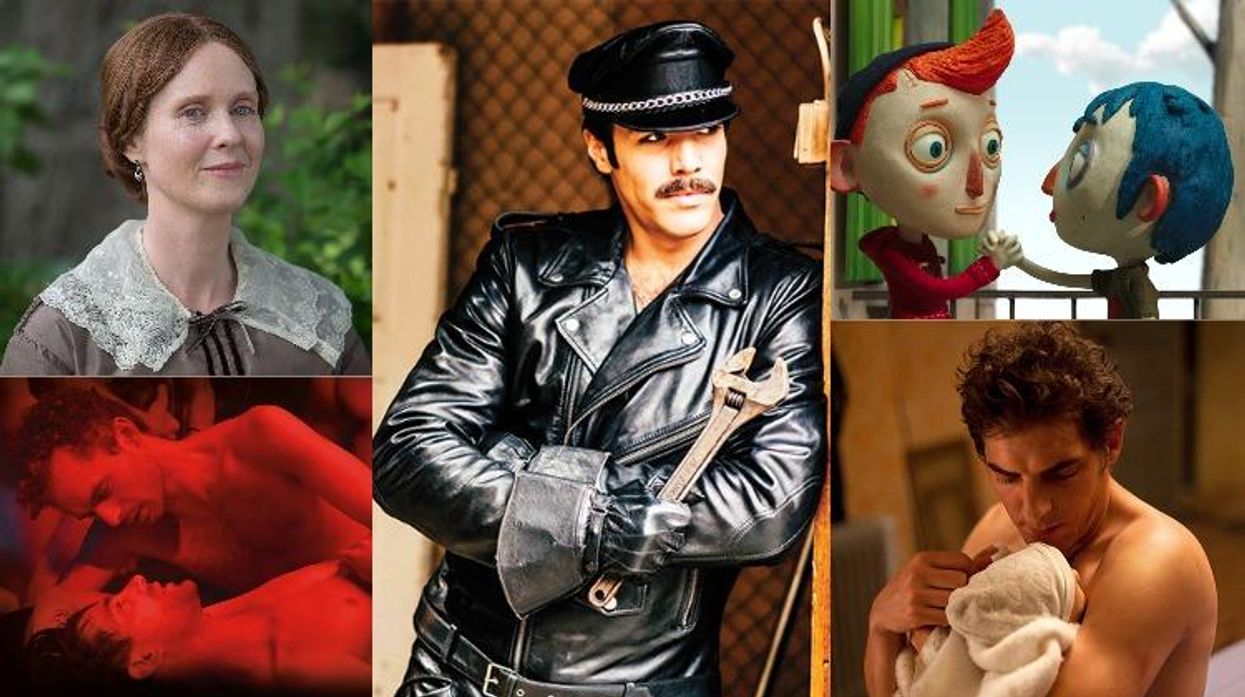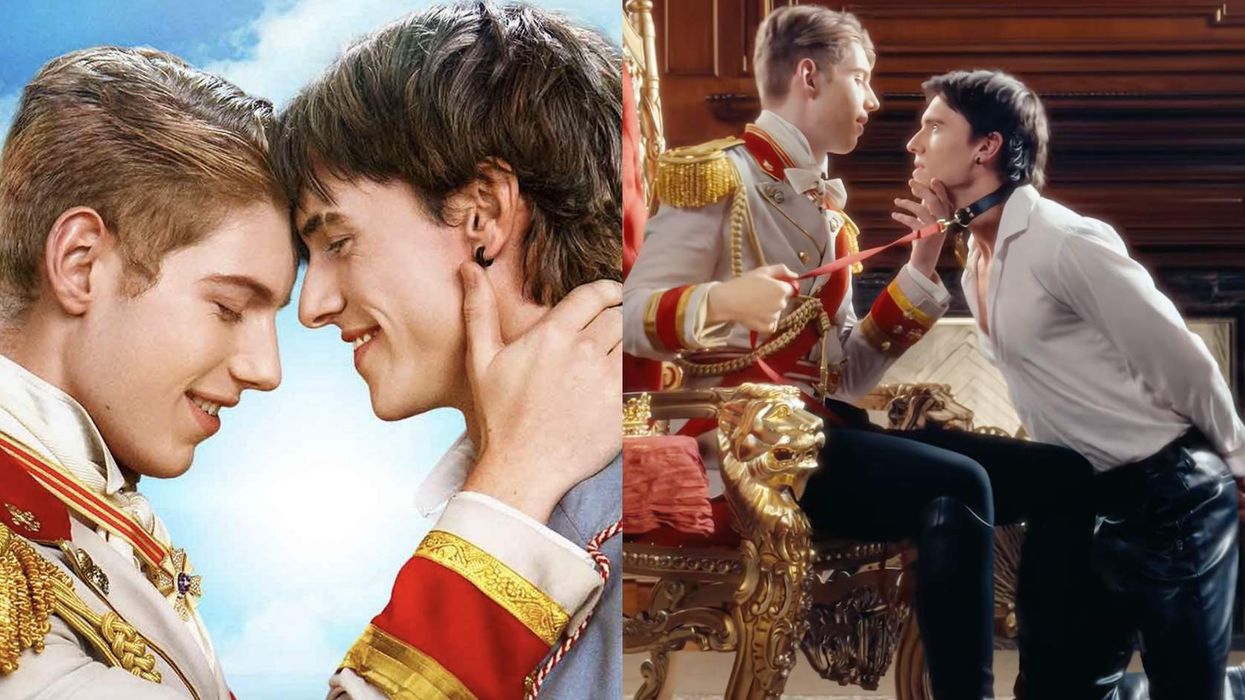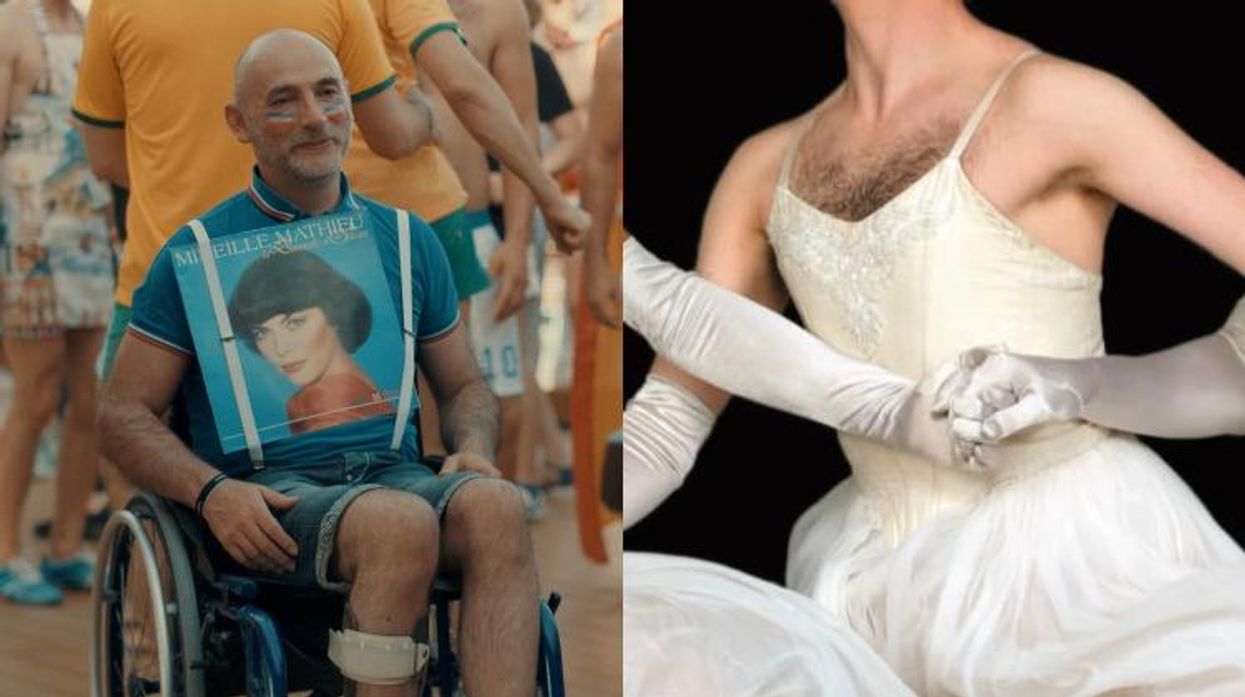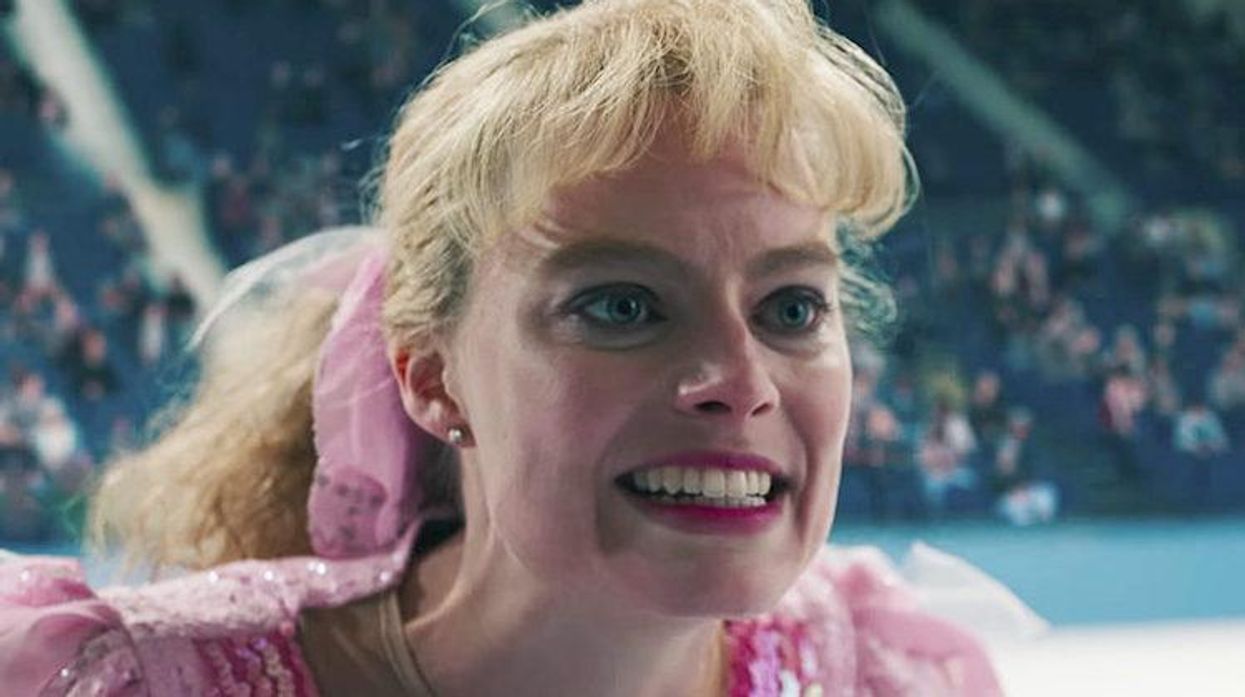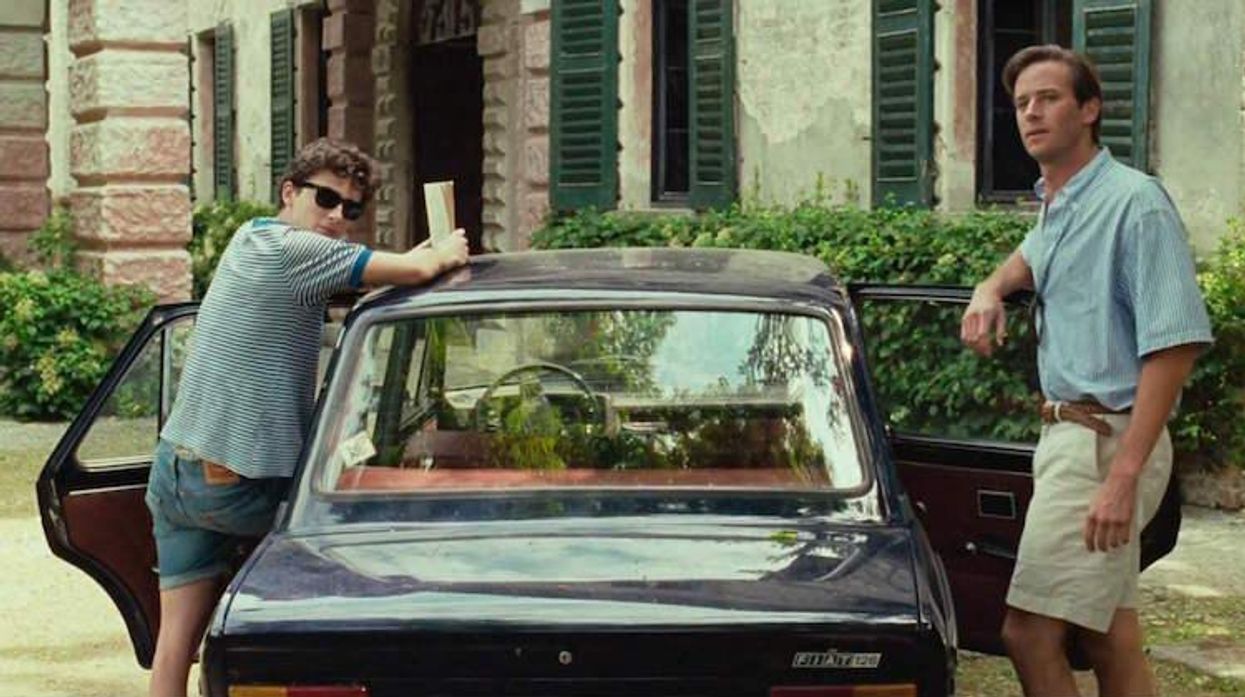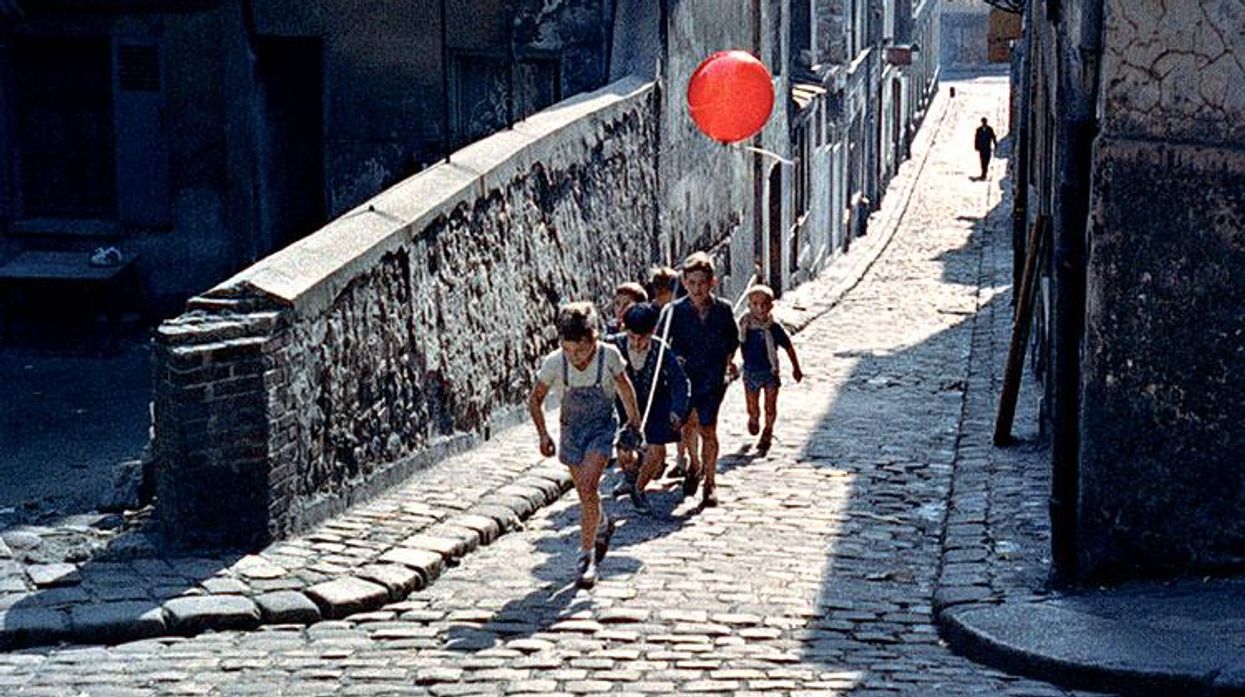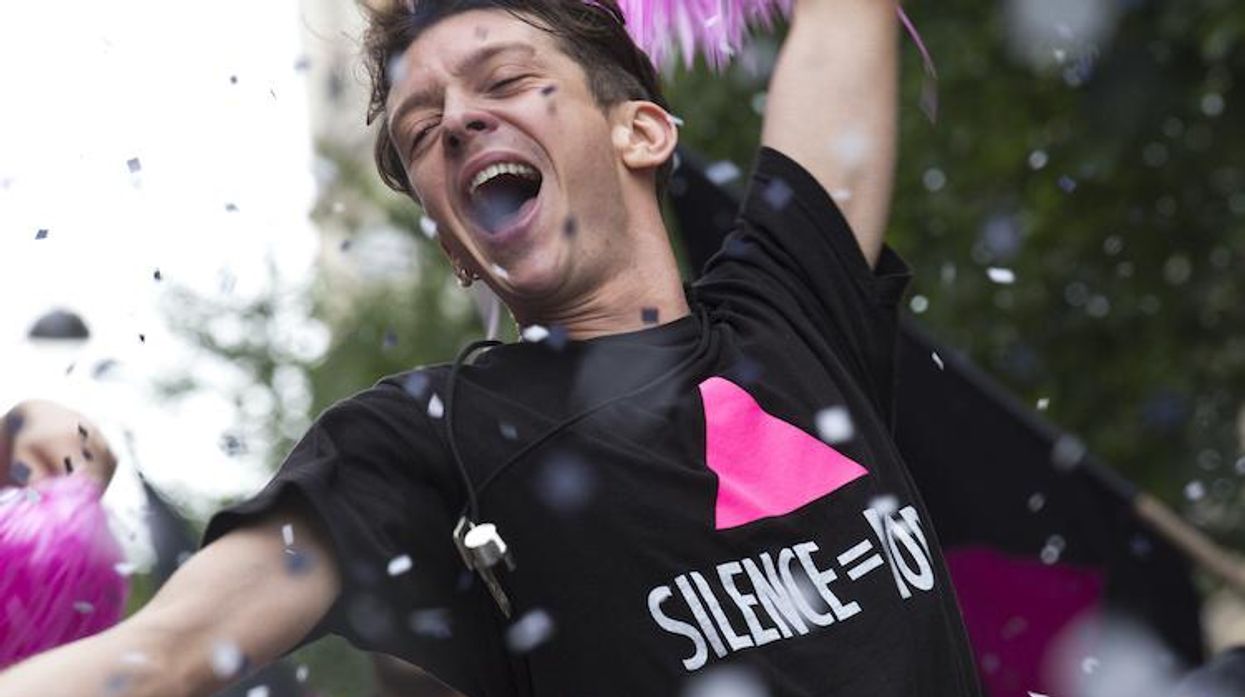The Danish Girl can't figure out what kind of movie it wants to be. It starts as a portrayal of Lili Elbe, a bohemian in 1920s Denmark, who is the alter ego of Einar Wegener, a landscape painter whose artist wife Gerda (Alicia Vikander) asks him to dress and pose as a woman for a series of female ballet dancer portraits. This unleashes Wegener's repressed femininity.
As Lili dominates Wegener's unstable personality, the couple's passionate heterosexual marriage cracks. During the stress of their tandem careers, Gerda is tempted by the masculine stability of Wegener's boyhood friend Hans Axgil (Matthias Schoenaerts). The platonic triangle then turns into a libertine drama about Lili's psychological and social conflicts in both the Parisian art scene and in Eastern European medicine when, after enduring several psychiatric traumas, Dr. Warnekros (Sebastian Koch) answers Lili's distress by proposing one of the first sexual reassignment surgeries.
This real-life history gets mixed with attempted avant-garde stylization, a human rights message and gender-bending celebration. Neither Lili nor her former identity as Wegener is ever clearly realized. The ever-suffering character goes from enigma to martyr. Redmayne and director Tom Hooper obviously endorse transitioning, yet The Danish Girl fails artistically. (Francois Ozon's The New Girlfriend perfectly dramatized all the same issues.)
Remember the joke in Tropic Thunder about Oscar-worthy shamelessness? Well, Lili's transition is just Redmayne going "full drag." Diving into femininity, he makes Wegener's inner identity too immediately apparent. Even when in conjugal relations with Gerda, Wegener's thin, pale, freckled body and effete gestures lack convincing masculine traits. Redmayne skips any sense of internal confusion. He keeps his neck crooked, fingertips at chin. When cross-dressing at a party, Wegener takes on additional Lili mannerisms including a manic grin that is both flirtatious and nervous, then always looking down coquettishly. His delicate gestures and demure maidenliness remove the drama--and fascination--from the character. The nadir is a peep show scene where Lili emulates a female sex worker's masturbatory gesticulations.
And Hooper can't keep up with Redmayne's overacting: Lili's incessant sidelong glances match Hooper's fondness for off-kilter angles which has the effect of making Lili's story--and the entire film--visually and emotionally disjointed. Redmayne's externalized edge-of-madness and Hooper's odd-ball jumpy editing and clashing compositions produce an effect that is unintentionally similar to the 1920 German Expressionist horror film The Cabinet of Dr. Caligari.
This confusion of gender and genre in The Danish Girl reflects contemporary confusion about transitioning. Simply endorsing it isn't good enough. When Irving Rapper, director of the Bette Davis classic Now, Voyager, made The Christine Jorgensen Story in 1970, he realized the issues involved in a real-life drama of transformation and provided perfect historical context. (Jorgensen was renowned as the first American transsexual.) Wegener says that Lili comes "from inside me" yet, The Danish Girl, adapted from David Ebershoff's novel, jumbles Lili/Wegener's psychological process. Scenes of Wegener admiring gossamer ballet tutus and silk stockings are superficial. Lili's first kiss (to Ben Wishaw as a gay suitor) results in a nosebleed that suggests pathology over passion. ("I kissed him. It was the strangest thing. It was like kissing myself," Wegener says with that unreadable Redmayne wink--is he putting-on?)
The virile Schoenaerts and Koch represent a subtheme of masculine attraction. "I want a husband who looks just like you," Lili tells her handsome physician. But this contradicts the film's androgynous emphasis (which goes so far as to make angry-weepy Gerda wholly unappealing). Back in the day of films like Women in Love and The Music Lovers director Ken Russell knew and shared sophistication about androgyny (Russell's forthright timeliness coincided with the glam rock movement), but Redmayne and Hooper lack true, controversial adventurousness.
Not knowing how to properly tell this story, Redmayne and Hooper mistake the conceit of their mission for perception into Lili/Wegener's transgender self-realization dilemma. Craftsman Irving Rapper knew the difference. Without comparable insight, all that's left is pathos. Delaying the tragic realization of Lili/Wegener's personal experiment makes The Danish Girl an unsalvageable downer.
The Danish Girl is in theaters Nov. 27





